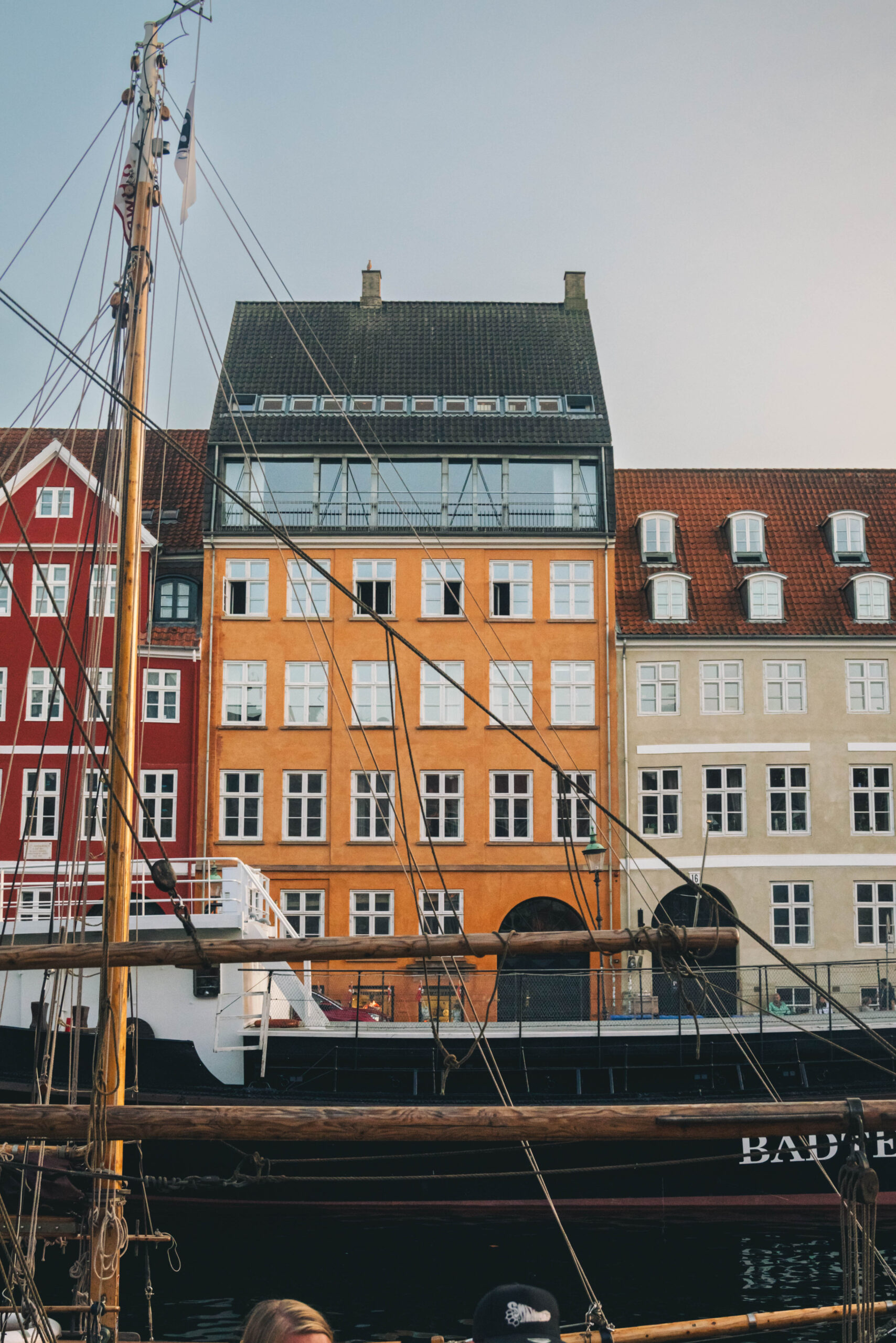The US Department of Defense on Monday released its 2024 Arctic Strategy – a roadmap for securing its interests in Arctic regional security and sovereignty.
The strategy emphasises strengthened surveillance and military rearmament in the region, to deter what it sees as a significant threat of Chinese-backed, Russian military expansion and territory grabs.
“Russia continues to invest heavily in new military infrastructure and refurbishing Soviet-era installations in the Arctic,” writes the US Department of Defense.
And as it looks to its Arctic and NATO allies for support, Denmark can expect to play a greater role in Arctic security in the near future, according to senior researcher at the Hudson Institute in Washington DC Liselotte Odgaard.
“The US cannot handle this on its own. Cooperation with all the Arctic NATO allies is needed to deal with the challenges and threats in the Arctic,” says Odgaard.
This means more allied military exercises in the area, she explains.
“You can feel that in Alaska, for example, where China and Russia regularly hold naval exercises. They are moving closer and closer to Alaska, and it is clear that this is a challenge to the United States, which they will not sit idly by.”
The US strategy emphasises that Russia’s Arctic capabilities “have the potential to hold the U.S. homeland, as well as Allied and partner territory, at risk”.
“In addition to nuclear, conventional, and special operations threats, Russia seeks to carry out lower level destabilizing activities in the Arctic against the United States and our Allies, including through Global Positioning System jamming and military flights that are conducted in an unprofessional manner inconsistent with international law and custom,” reads the strategy document.
NATO and the Arctic Council
As well as NATO alliances in the region, the US is partnered with Arctic nations via the Arctic Council.
The US is one of the eight member states in the Arctic Council, along with Canada, Denmark (via Greenland), Finland, Iceland, Norway, Russia and Sweden – all of whom have territory inside the Arctic Circle.
Now nearing thirty years old, the Council was founded as a knowledge sharing and development forum between the Arctic states, with a rotating chairship held by each member state for two years.
But the important cooperation body has been put on ice since Russia’s full-scale invasion of Ukraine in 2022; official council meetings were paused when the seven other member states refused to convene under Russian chairmanship. Only marginal progress has been made to resume project-level work since.
In 2025, the chairship of the Arctic Council will pass from Norway to Denmark, and Denmark will present its own strategy for the Council’s focus in the region – so the timing of the US’ new plan is important.
Denmark will chair the Arctic Council in 2025 – what is it up against?
So how does the US Department of Defense’s vision for the Arctic affect Denmark in this key period?
Greenland in focus
Greenland, part of the Kingdom of Denmark, will play a central role in the US’ plan, says Odgaard.
She points out that the US Department of Defense specifically highlighted its new surveillance investments in Greenland as part of its 2024 Arctic Strategy.
US Deputy Defence Minister Kathleen Hicks pointed to the Pituffik Space Base, formerly known as Thule Air Base.
“We have of course invested in our space base in Greenland,” she said.
But beyond allowing the US to invest on Greenlandic soil, the US will also expect Denmark, as well as other allies in the Arctic, to make their own investments to protecting and securing the Arctic.
“We will see more of that because all the holes in the monitoring of Greenlandic airspace have not been closed yet,” said Odgaard.
“This means that Russia can launch a missile carrying nuclear weapons through Greenlandic airspace towards the US mainland, and it might be discovered too late, and the US cannot live with that.”
“After all, Denmark has already felt for some time that there is a greater desire from the American side for greater surveillance, and Denmark, in cooperation with Greenland, will honor this,” said the senior researcher.
More collaborative NATO exercises
The US’ interest in heightened preparedness in the Arctic has grown in the past six months.
In March, NATO soldiers from 13 nations gathered in the border country between Norway, Sweden and Finland to train the alliance’s response to a potential Russian attack.
“Finnmark is the area we plan to see a possible aggression from Russia in – and it is important that we train together in the relevant area,” said Colonel Jørn Qville from the Norwegian Armed Forces at the time.
Likewise, the Danish Minister of Defence Troels Lund Poulsen called the situation “serious” and told the Greenlandic media KNR that Arctic training was “a must”.
Odgaard expects that we will see more joint NATO exercises in the region, now that Sweden and Finland have joined the alliance.













